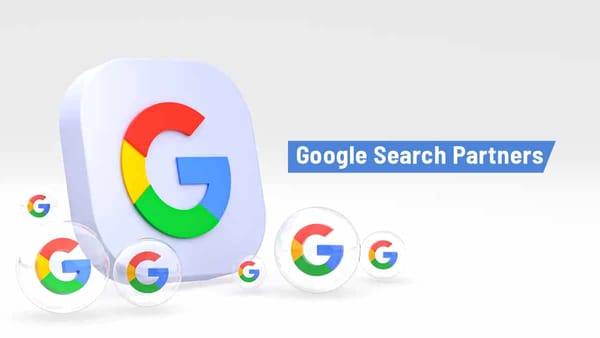Which Ads Are Used in Search Engines? A Guide to Search Engine Advertising

Introduction
Search engines like Google, Bing, and Yahoo dominate online searches, and businesses leverage these platforms to display search ads that appear when users look for products or services. These ads are a crucial part of Search Engine Marketing (SEM) and help businesses drive traffic, generate leads, and increase sales.
But what types of ads are used in search engines? Let’s explore the different types of search engine ads and how they work.
Types of Ads Used in Search Engines
1. Search Ads (Text Ads) – Pay-Per-Click (PPC) Ads
🔹 Displayed at the top or bottom of search results
🔹 Triggered by keywords and user intent
🔹 Advertisers pay per click (PPC model)
Search ads, also known as PPC ads, are the most common type of advertising on search engines. These text-based ads appear at the top or bottom of search engine results pages (SERPs) and are marked as “Sponsored” or “Ad.”
✅ Example: A Google search for “best running shoes” may display ads from Nike, Adidas, and Puma before organic results.
2. Shopping Ads (Product Listing Ads – PLAs)
🔹 Feature product images, prices, and store names
🔹 Used mainly for e-commerce businesses
🔹 Appear on search results and Google Shopping tab
Shopping ads (PLAs) are highly visual and display product images, prices, ratings, and retailer names. These ads are ideal for e-commerce brands selling physical products.
✅ Example: A Google search for “wireless headphones” may display product images from Amazon, Best Buy, and Walmart at the top of the results.
3. Display Ads (Banner Ads on Search Partner Sites)
🔹 Appear on websites in Google's Display Network
🔹 Use images, videos, or interactive media
🔹 Drive brand awareness beyond search results
Display ads are visual banner ads shown across millions of websites that are part of a search engine’s display network (e.g., Google Display Network or Microsoft Audience Network). They help brands reach a wider audience beyond search results.
✅ Example: A display ad for Nike shoes might appear while reading a sports blog or watching YouTube videos.
4. Video Ads (YouTube & Other Platforms)
🔹 Appear before, during, or after YouTube videos
🔹 Can be skippable or non-skippable
🔹 Great for engagement and brand storytelling
Search engines like Google own YouTube, making video ads an essential part of search engine advertising. These ads show up when users search for content or browse YouTube.
✅ Example: A 5-second Nike ad playing before a fitness video on YouTube.
5. Local Search Ads (Google Maps & Local Listings)
🔹 Appear in Google Maps & Local Pack (Top 3 business listings)
🔹 Help businesses drive foot traffic
🔹 Perfect for local service providers
Local search ads help businesses appear in Google Maps when users search for services nearby. These ads improve visibility for restaurants, salons, repair services, and stores.
✅ Example: Searching “coffee shop near me” might show a paid ad for Starbucks at the top of Google Maps.
6. Remarketing Ads (Retargeting Search Users)
🔹 Target users who previously visited a website
🔹 Appear on search results and partner websites
🔹 Increase chances of conversions
Remarketing ads track visitors who didn’t complete a purchase and display ads when they search again. These ads remind users about products or services they previously explored.
✅ Example: If you visited Nike’s website but didn’t buy shoes, you might see Nike ads on Google when searching again.
How Do Search Engine Ads Work?
Search engines use an auction-based system where businesses bid on keywords. The placement of ads depends on:
✔ Bid Amount: Higher bids increase ad placement chances.
✔ Ad Quality Score: Google ranks ads based on relevance, CTR, and landing page experience.
✔ Competition: Popular keywords cost more due to higher competition.
Advertisers only pay when someone clicks (PPC model), making search engine ads cost-effective for businesses.
Conclusion
Search engines offer various ad types, including PPC text ads, shopping ads, display ads, video ads, local search ads, and remarketing ads. These ads help businesses reach their target audience efficiently, whether they want to boost online sales, increase store visits, or drive brand awareness.
Choosing the right type of search engine ad depends on business goals, budget, and audience targeting strategy.




